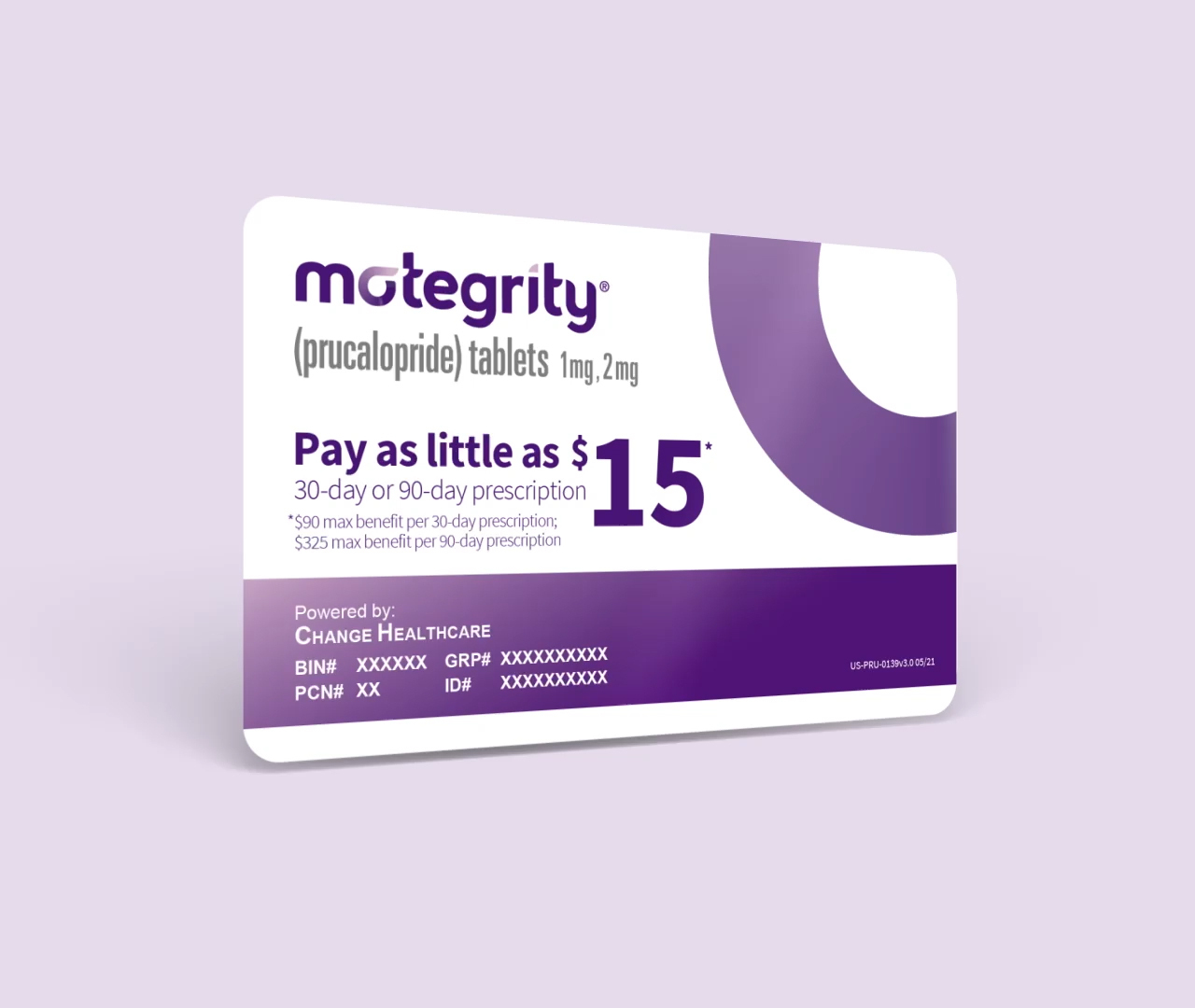

Finance
Why Is Slynd Not Covered By Insurance?
Published: November 6, 2023
Discover why Slynd, a finance-related product, is not covered by insurance and gain insights into the factors influencing this coverage decision.
(Many of the links in this article redirect to a specific reviewed product. Your purchase of these products through affiliate links helps to generate commission for LiveWell, at no extra cost. Learn more)
Table of Contents
Introduction
Welcome to our article on why Slynd, a popular birth control pill, is not covered by insurance. Birth control pills are widely used by women as a reliable method of contraception. They not only provide effective family planning but also offer other health benefits such as regulating menstrual cycles and reducing the risk of certain cancers. However, despite the popularity and importance of birth control pills, not all types are covered by insurance.
Slynd is one such birth control pill that does not have insurance coverage, leaving many women wondering why. Slynd, also known as drospirenone, is a progestin-only contraceptive pill. It works by preventing ovulation and thickening the cervical mucus, making it difficult for sperm to reach the egg. The pill is taken once daily, and its convenient dosage regimen has made it a popular choice among women.
Insurance coverage for birth control pills varies, and it is important to understand the reasons behind Slynd’s exclusion from coverage. In this article, we will explore the factors that contribute to insurance companies not covering Slynd and discuss potential alternatives for women seeking affordable contraception options.
Understanding Slynd
Slynd is a relatively new birth control pill that was approved by the U.S. Food and Drug Administration (FDA) in 2019. It contains the active ingredient drospirenone, which is a synthetic hormone similar to the hormone progesterone. Unlike combined oral contraceptive pills that contain both estrogen and progesterone, Slynd is a progestin-only pill (POP).
POP pills are a suitable choice for women who cannot take estrogen due to certain medical conditions or lifestyle factors. Slynd is particularly beneficial for women who are at a higher risk of blood clots, as it does not contain estrogen, which has been associated with an increased risk of clot formation in some individuals. It is also considered a safe and effective option for breastfeeding mothers, as it does not interfere with breast milk production.
One of the unique features of Slynd is its extended window of effectiveness. While most POP pills require adherence to a strict time schedule, Slynd allows for a 24-hour window, meaning that if you miss a pill by a few hours, it’s not immediately considered a missed dose. This flexibility can be a significant advantage for women who may have difficulty adhering to a strict dosing regimen.
It is important to note that Slynd should not be used by women who have a history of blood clotting disorders, liver disease, certain types of cancer, or who are over the age of 35 and smoke cigarettes. As with any medication, it is essential to consult with a healthcare provider to determine if Slynd is the right choice for your individual needs.
Insurance Coverage for Birth Control Pills
Insurance coverage for birth control pills can vary depending on several factors, including the type of insurance plan and the specific birth control medication. Under the Affordable Care Act (ACA), insurance plans are required to cover the cost of contraception without any out-of-pocket expenses for the insured individual.
However, insurance coverage for birth control pills may not be universal or comprehensive. Some insurance plans may only cover specific brands or types of birth control pills, leaving certain options, such as Slynd, without coverage. This can be frustrating for women who rely on a particular type of birth control and find that it is not covered by their insurance.
Insurance companies may have their own formularies, which are lists of drugs that they cover and preferentially offer to their insured members. These formularies can change over time, and medications can be added or removed based on various factors, including cost, availability, and medical guidelines. Unfortunately, this means that certain birth control pills, like Slynd, may not be included in an insurance company’s formulary or preferred list of covered medications.
In some cases, insurance companies may require a prior authorization process for certain medications, including birth control pills. Prior authorization is a review process where the insurance company evaluates the medical necessity of the medication and determines if it meets specific criteria for coverage. If a birth control pill, such as Slynd, does not meet the insurance company’s criteria or is deemed non-essential, it may not be covered.
It is important to check with your insurance provider to understand the specifics of your coverage for birth control pills. Your healthcare provider can also assist in navigating insurance coverage and providing alternative options that may be covered by your insurance plan.
Reasons for Slynd Exclusion
The exclusion of Slynd from insurance coverage can be attributed to several factors. Understanding these reasons can shed light on why certain birth control pills may not be covered by insurance. Here are some possible reasons for the exclusion of Slynd:
- Limited availability: Slynd is a relatively new birth control pill that was approved by the FDA in 2019. Insurance companies may take some time to update their coverage policies and formularies to include newer medications. As a result, Slynd may not be immediately covered by insurance plans.
- Cost considerations: Insurance companies consider the cost-effectiveness of medications when determining coverage. The pricing of Slynd may play a role in its exclusion from coverage. If the medication is deemed too expensive or not cost-effective compared to alternative birth control pills, insurance providers may choose not to cover it.
- Lack of clinical data: The FDA’s approval of Slynd was based on clinical trials demonstrating its safety and effectiveness. However, insurance companies may require additional evidence or long-term data to include a medication in their coverage. If there is insufficient clinical data available for Slynd, insurance providers may choose not to cover it until further studies validate its safety and efficacy.
- Formulary restrictions: Insurance companies often have formularies that list the drugs they cover. These formularies are based on a variety of factors, including the medications’ therapeutic value, cost, and potential drug interactions. If Slynd does not meet the specific criteria set by an insurance company’s formulary, it may be excluded from coverage.
- Preference for generic alternatives: Insurance companies may prioritize the coverage of generic medications over brand-name drugs to contain costs. If generic alternatives to Slynd are available, insurers may encourage their use instead, leading to the exclusion of Slynd from coverage.
It is important to note that while Slynd may not be covered by insurance at present, coverage policies and formularies can change over time. As more data and evidence become available, insurance providers may reconsider their coverage decisions and include Slynd in their plans.
Possible Alternatives for Insurance Coverage
If Slynd is not covered by your insurance plan, there are several alternative options you can explore to find affordable birth control. Here are some potential alternatives:
- Generic birth control pills: Generic versions of birth control pills are often more affordable and may be covered by insurance. Talk to your healthcare provider about switching to a generic alternative that is covered by your insurance plan.
- Other contraceptive methods: If oral contraceptives are not covered or suitable for you, there are other contraceptive methods that may be covered by insurance. These include intrauterine devices (IUDs), contraceptive implants, contraceptive patches, vaginal rings, and contraceptive injections. Discuss these options with your healthcare provider to find the best alternative for you.
- Family planning clinics: Family planning clinics, such as Planned Parenthood, offer affordable and sliding-scale fees for contraception. They can provide access to a wide range of birth control options and often offer financial assistance programs for those who qualify.
- Patient assistance programs: Some pharmaceutical manufacturers offer patient assistance programs that provide medication at a reduced cost or even free of charge for those who meet specific eligibility criteria. Research and reach out to the manufacturer of Slynd to inquire about any available programs.
- Health savings accounts (HSAs) and flexible spending accounts (FSAs): If you have an HSA or FSA, you can use pre-tax dollars to pay for birth control pills, including Slynd, even if they are not covered by your insurance plan. Check with your healthcare benefits coordinator for more information.
It is important to discuss your options with your healthcare provider to determine the best alternative for you. They can help you navigate potential financial barriers and find a suitable birth control method that fits your needs and budget.
Remember, while insurance coverage can greatly reduce the cost of birth control, it should not be a barrier to accessing contraception. Explore these alternatives and resources to ensure you have access to effective and affordable birth control options that align with your health goals and preferences.
Conclusion
The lack of insurance coverage for Slynd, a popular birth control pill, raises concerns for women seeking affordable contraceptive options. While the reasons for its exclusion from coverage may vary, it is essential to explore alternative options and resources to ensure access to effective contraception.
Understanding Slynd and its unique benefits, such as being a progestin-only pill with an extended window of effectiveness, can help women make informed decisions about their contraceptive choices. However, if Slynd is not covered by your insurance plan, it is important to consider other alternatives.
Exploring generic birth control pills, other contraceptive methods like IUDs or implants, seeking assistance from family planning clinics, and utilizing patient assistance programs can help mitigate the financial burden of obtaining birth control. Additionally, utilizing health savings accounts or flexible spending accounts, if available, can provide a means to pay for Slynd or other non-covered contraceptives.
While insurance coverage plays a significant role in making birth control affordable, it is crucial to remember that access to contraception is a fundamental right. No individual should be denied the ability to control their reproductive health due to financial constraints. Therefore, it is essential to advocate for comprehensive insurance coverage that includes a wide range of birth control options.
Ultimately, by staying informed, being proactive in exploring alternative options, and engaging with healthcare providers, women can find affordable and effective birth control methods that suit their individual needs and preferences. Remember, you have options, and there are resources available to help you navigate the financial aspect of obtaining contraception.














